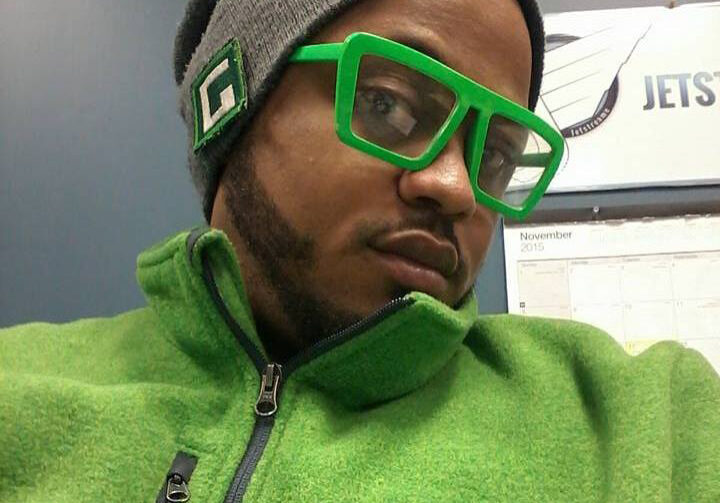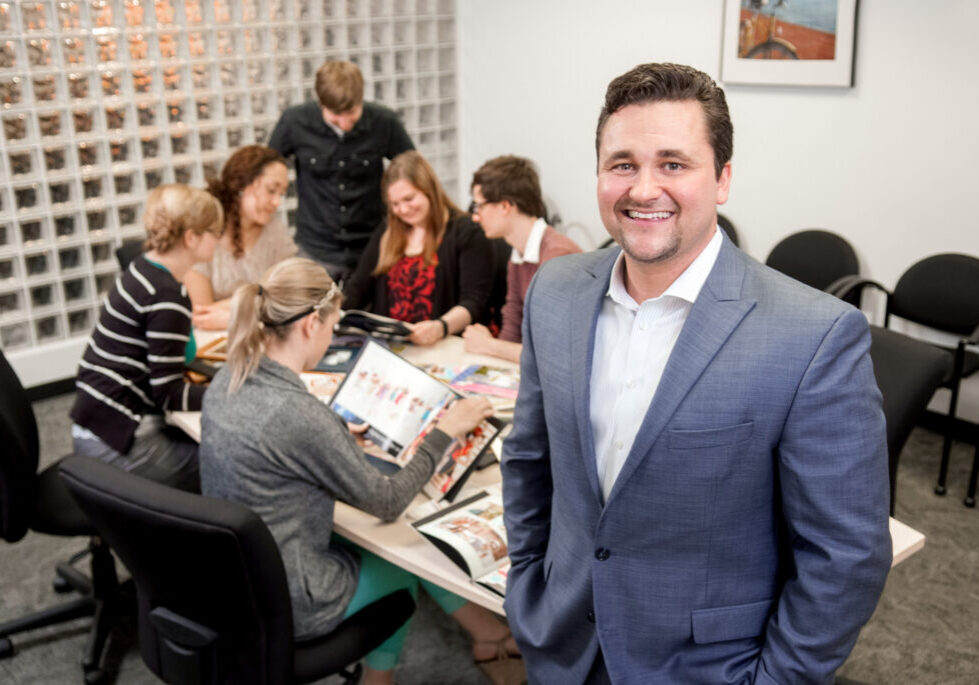After a promising start, Chris Dykes and his team at Clear Blue Design were hit with a dose of reality. His vision and optimism remain, but Dykes has had to pivot his services and business model to fund it. Although he didn’t know it at the time, Dykes has since learned that pausing to balance financial needs against creative impulses is a familiar stop on the founder’s journey.
Now, Dykes embraces what he’s learned and passes his knowledge along to the local startup community. He’s developed a business model that generates revenue through software development services while still allowing him time to tinker and create his own products — all while forging connections with local founders.
Dykes pivoted his business model to support both short-term needs and long-term goals. Here’s how.
Adapting Business to Generate Revenue
While Dykes’s vision was to develop his own products, he found that those projects alone didn’t pay the bills. “We adapted into a software development shop that also has some of its own products,” Dykes says. “We do stuff for hire, but we’ve always got our eye on where we’re going with our own products.”
The work Clear Blue Design does now falls into three tiers:
-
Software development for clients: this work generates revenue, but is least creative and engaging for Dykes and his team.
-
Building products for other founders: this work is compensated through a balance of money and equity in the startup. Dykes loves moving the idea from a napkin sketch to a full-blown product.
-
Building his own products: this work is the end-game for Dykes and his team. He wants to create products that impact people’s lives and generate enough revenue to sustain the company.
Although he’s had to compromise in the short-term, Dykes is laying the necessary groundwork for achieving his vision in the future.
Learning Through the Journey
Although his startup didn’t take the direction he initially expected, the value of his experiences isn’t lost on him. Dykes encourages founders to approach the daily startup grind with a balance of caution and optimism. Many founders become jaded, he says, and never try again for fear of failing.
He suggests putting in the research to give your startup its best chance of survival, but not getting caught up in negativity. “Focus on building the smallest thing possible to determine the market for the product, so you don’t get too far in before knowing that there’s something there,” Dykes says. “But also, just do it: There’s zero chance that anything’s going to work if you don’t commit to it.”
Comparing the process of developing his first product to developing his latest, Dykes notes that now they have “more of the building blocks ready to go.” When developing new products, he is cautious of developing products for 2-sided markets, or “the Uber model.” This model requires users on both ends — customers and drivers. It’s much easier to market a product that provides the same value whether 100 people are on the app, or just one.
Finding an Organic Community
As a founder, Dykes has learned the power of engaging in the startup community. Running into other founders knowing that they are experiencing similar ups and downs is encouraging, he says. And conversing with peers in the startup space opens the possibility of future partnerships.
“The organic relationships people develop here is the most powerful thing,” he says. “Put a bunch of entrepreneurs in a building with a coffee pot and enough time and they’re going to figure out what they need to figure out.”




